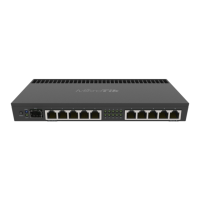
Do you have a question about the MikroTik RB4011 Series and is the answer not in the manual?
| RAM | 1 GB |
|---|---|
| Storage | 512 MB NAND |
| Dimensions | 228 x 120 x 30 mm |
| Operating System | RouterOS |
| RouterOS license | Level 5 |
| Max Power Consumption | 33W |
| PoE in | 802.3af/at |
| PoE out | No |
| Voltage Range | 12-57V |
| Power Input | 2 (DC jack, PoE-IN) |
| Ethernet Ports | 10 x 10/100/1000 Ethernet ports |
| SFP+ Ports | 1 x 10G SFP+ |
| Operating Temperature | -40°C to 60°C |
Device accepts powering from DC jack (12-57V) or first Ethernet port (PoE 18-57V).
Connect internet/devices, set IP to DHCP, connect to "MikroTik" Wi-Fi, open 192.168.88.1.
Check for updates, select country for wireless, use http://mt.lv/help or Winbox for advanced settings.
Two groups of five ports, Auto MDI/X support for straight/cross-over cables.
SFP+ port supports SFP/SFP+ modules (no passive DAC/1GB copper/GPON). Integrated wireless module.
RJ45 console port for serial access, default 115200 baud, 8 data bits, 1 stop bit, no parity.
Functions include RouterOS reset (5s), CAP mode (10s), and Netinstall mode (15s).
Supports RouterOS software. Other OS not tested.
Flat surface or wall mount using screws. Rackmount model includes ears. Grounding screw provided.
Complies with FCC Part 15 Class B. Details on interference correction and caution.
13cm minimum distance for RF exposure. Use only certified antennas.
Complies with Industry Canada licence-exempt RSS standards. Subject to two conditions.
Declares compliance with EU Directive 2014/53/EU for radio equipment.
Complies with EU radiation exposure limits for uncontrolled environments. Minimum 20cm distance.
Details frequency ranges, channels, power, and restrictions (indoor use).
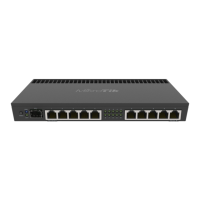
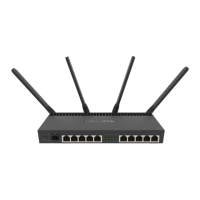
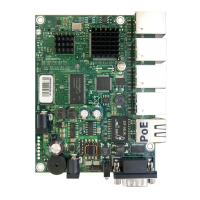
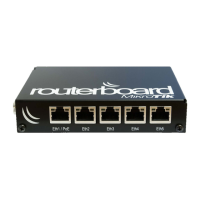
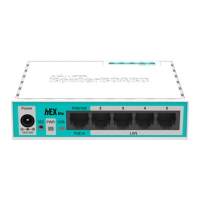

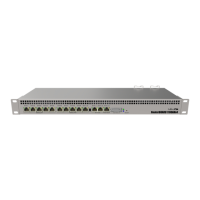

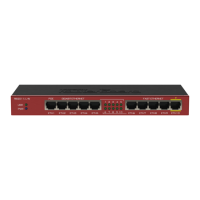
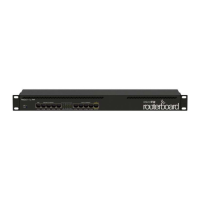
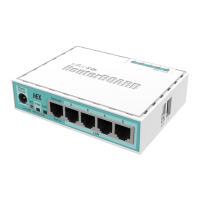
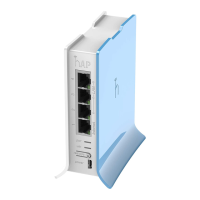
